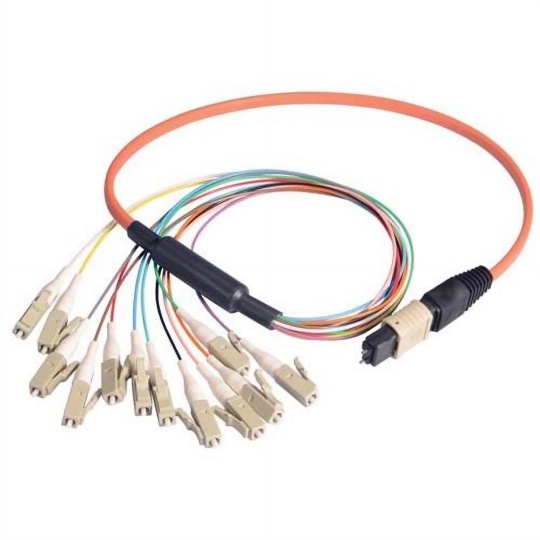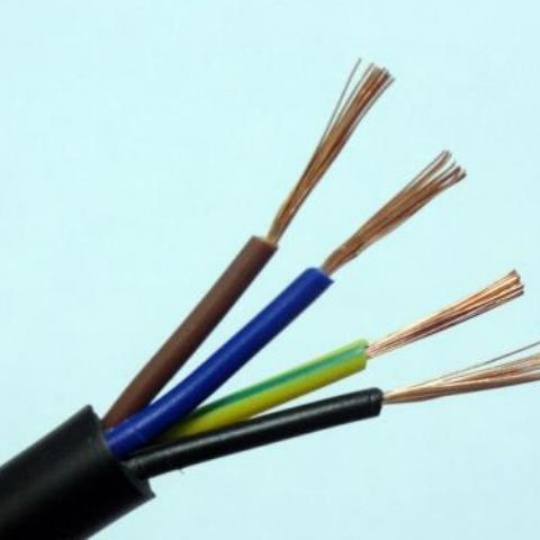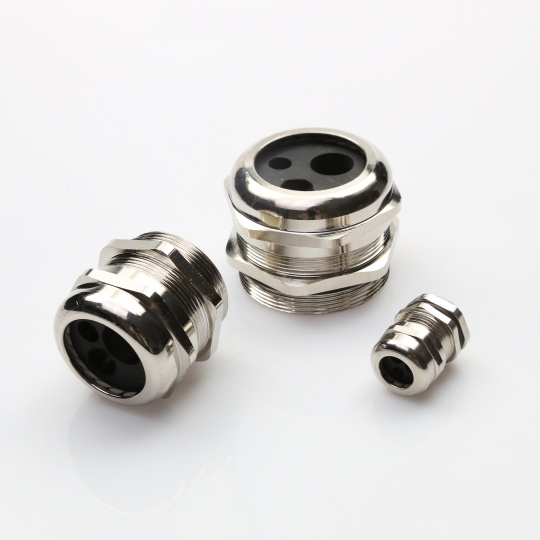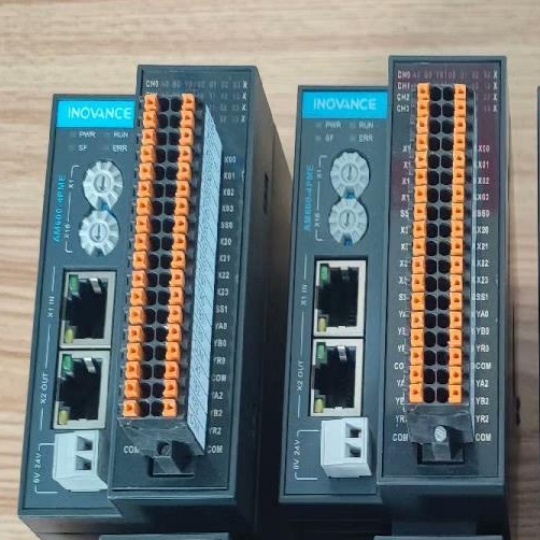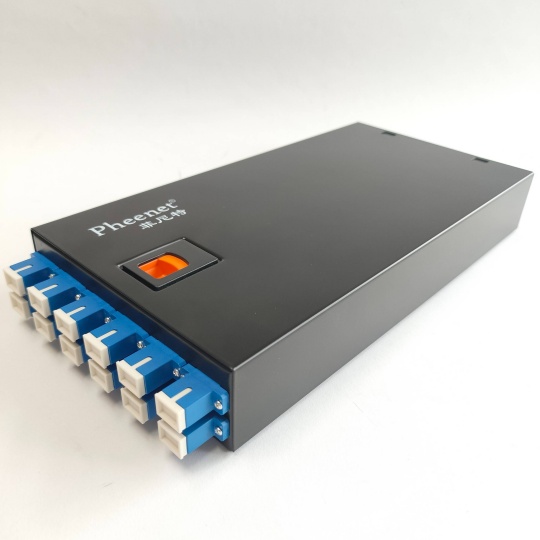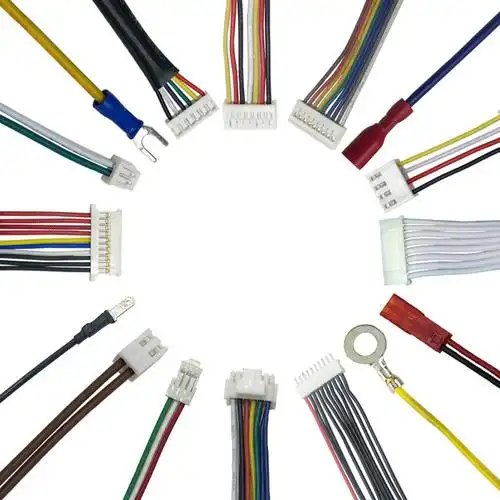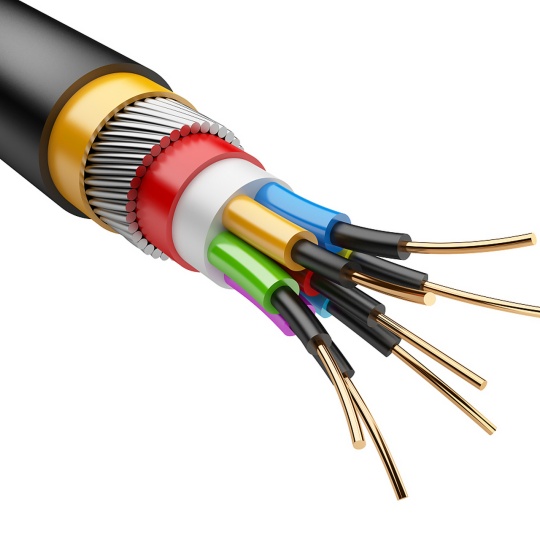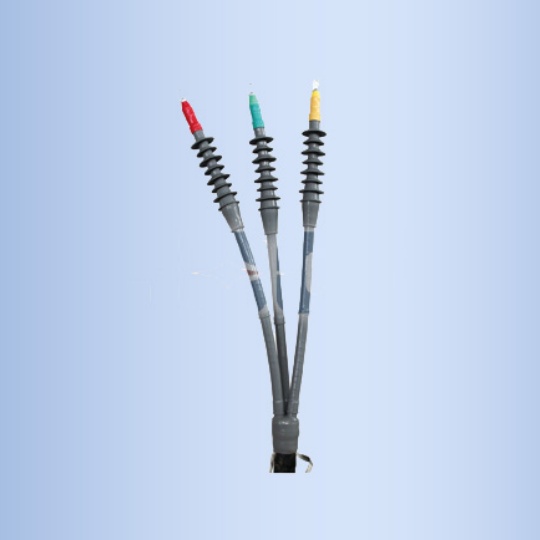Tips for Maintaining Cable Assemblies: Best Practices for Longevity a...
Cable assemblies are critical components in countless applications, from industrial machinery to consumer electronics. Proper maintenance ensures their reliability, safety, and longevity. Neglecting them can lead to costly downtime, safety hazards, or system failures. In this article, we’ll share actionable tips to help you maintain cable assemblies effectively, addressing common user concerns and optimizing for search intent.
1. Regular Visual and Physical Inspections
Why it matters: Wear and tear, fraying, or loose connections often start small but can escalate into major issues.
- Check for damage: Look for cracks, cuts, or exposed wires in insulation.
- Test connections: Ensure connectors are secure and free of corrosion (use a multimeter if necessary).
- Spot environmental damage: Moisture, heat, or chemical exposure can degrade cables over time.
Pro tip: Schedule inspections quarterly or after extreme operating conditions.
2. Avoid Over-Bending and Stress
Why it matters: Excessive bending or tension can break internal conductors or damage shielding.
- Respect bend radius: Follow the manufacturer’s recommended bend radius (typically 10x the cable diameter).
- Use strain relief: Install boots, clamps, or cable ties to reduce stress at connection points.
- Route cables carefully: Avoid sharp edges or tight spaces where cables might get pinched.
3. Protect from Environmental Hazards
Why it matters: Environmental factors like moisture, UV rays, and temperature extremes accelerate degradation.
- Use appropriate jackets: Opt for UV-resistant, waterproof, or chemical-resistant coatings based on your environment.
- Shield from heat: Keep cables away from high-temperature sources (e.g., engines, heaters).
- Manage moisture: Seal connectors with dielectric grease or use waterproof assemblies in damp areas.
4. Organize and Label Cables
Why it matters: Poor organization leads to tangles, accidental tugging, and difficulty troubleshooting.
- Label both ends: Use tags or heat-shrink labels to identify cables (e.g., “Power Supply A” or “Sensor B”).
- Cable management tools: Use looms, trays, or Velcro straps to keep bundles neat.
- Document layouts: Maintain a diagram of cable routing for easy repairs or upgrades.
5. Clean Connectors and Contacts
Why it matters: Dust, dirt, or oxidation on connectors can disrupt signals or power flow.
- Gentle cleaning: Use compressed air or a soft brush to remove debris.
- Contact cleaner: Apply a specialized electronic contact cleaner for oxidation or residue.
- Avoid abrasives: Never scrub contacts with rough materials like steel wool.
6. Store Unused Cables Properly
Why it matters: Improper storage leads to kinks, tangles, or material degradation.
- Coil loosely: Avoid tight coils; use the “over-under” method for flexible cables.
- Climate control: Store in a dry, temperature-stable area away from sunlight.
- Protect ends: Cover connectors with caps or anti-static bags to prevent dust ingress.
7. Upgrade When Necessary
Why it matters: Older cables may not meet current performance standards or safety requirements.
- Monitor performance: Look for intermittent signals, voltage drops, or overheating.
- Stay compliant: Replace outdated cables to adhere to industry standards (e.g., UL, RoHS).
- Invest in quality: Choose assemblies rated for your application’s voltage, current, and environmental needs.
8. Train Staff on Proper Handling
Why it matters: Human error is a leading cause of cable damage.
Enforce protocols: Prohibit “yanking” cables from ports or overloading circuits.
Educate teams: Train personnel on correct installation, routing, and maintenance practices.


